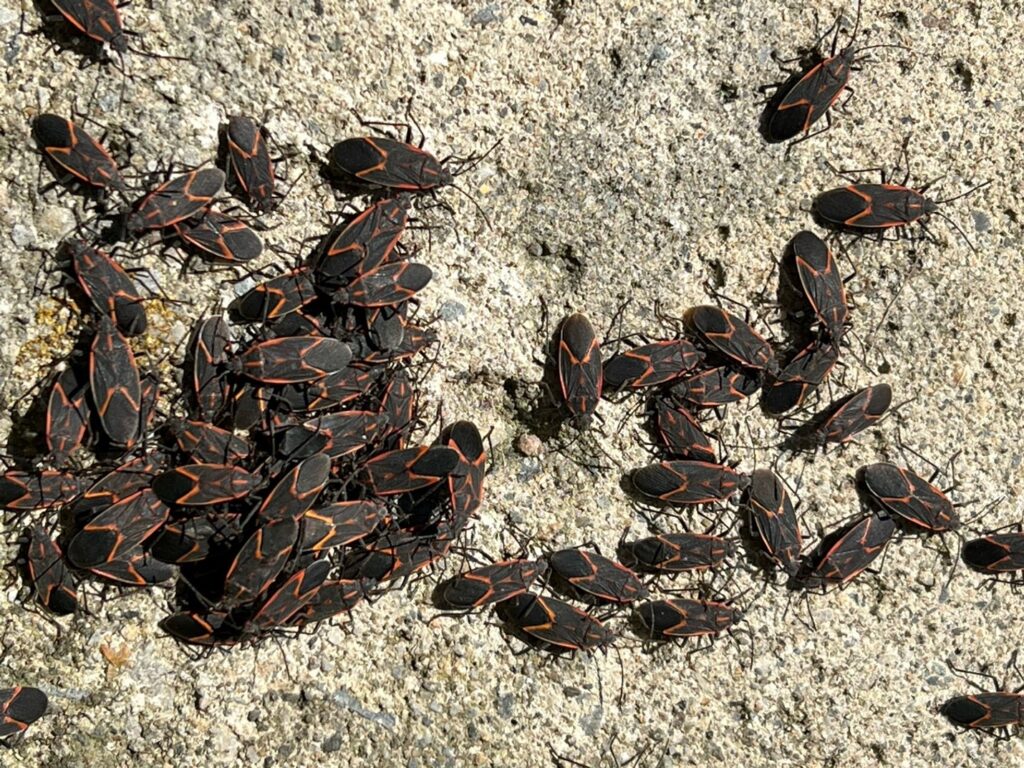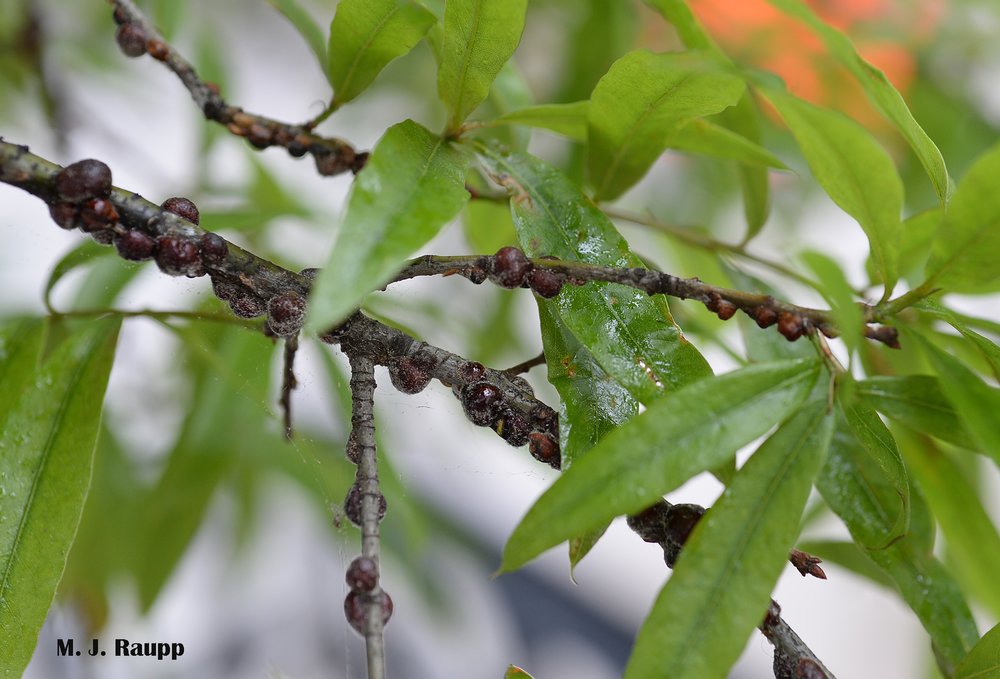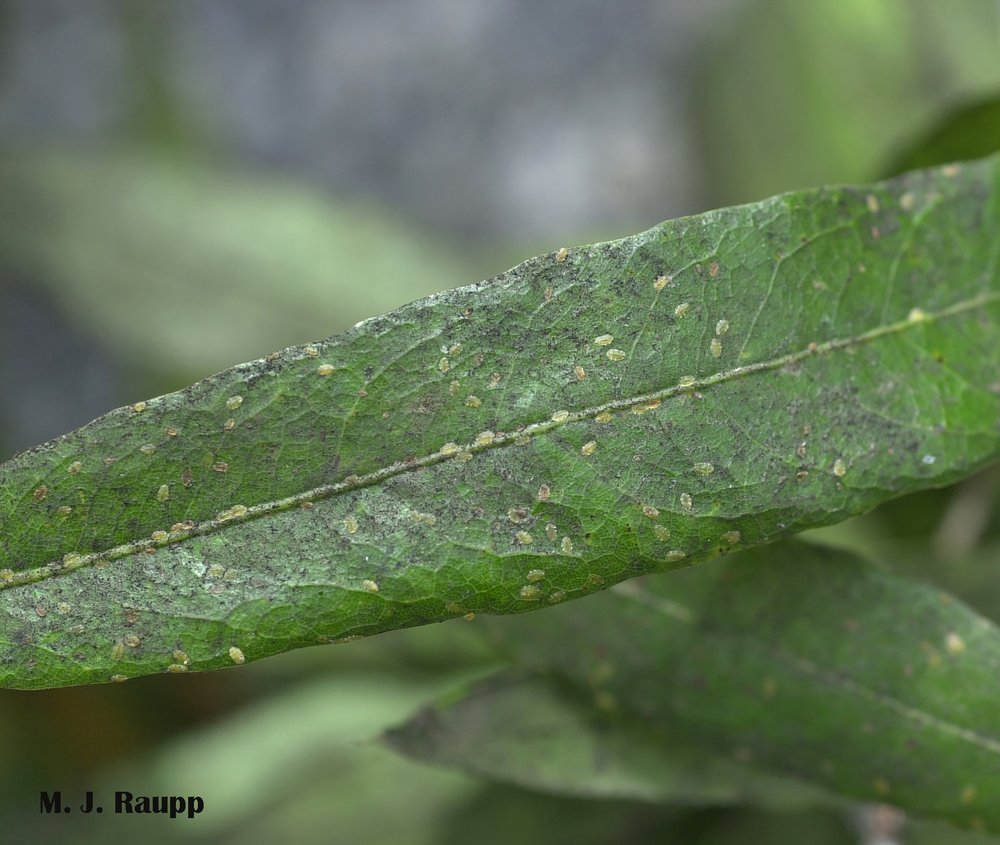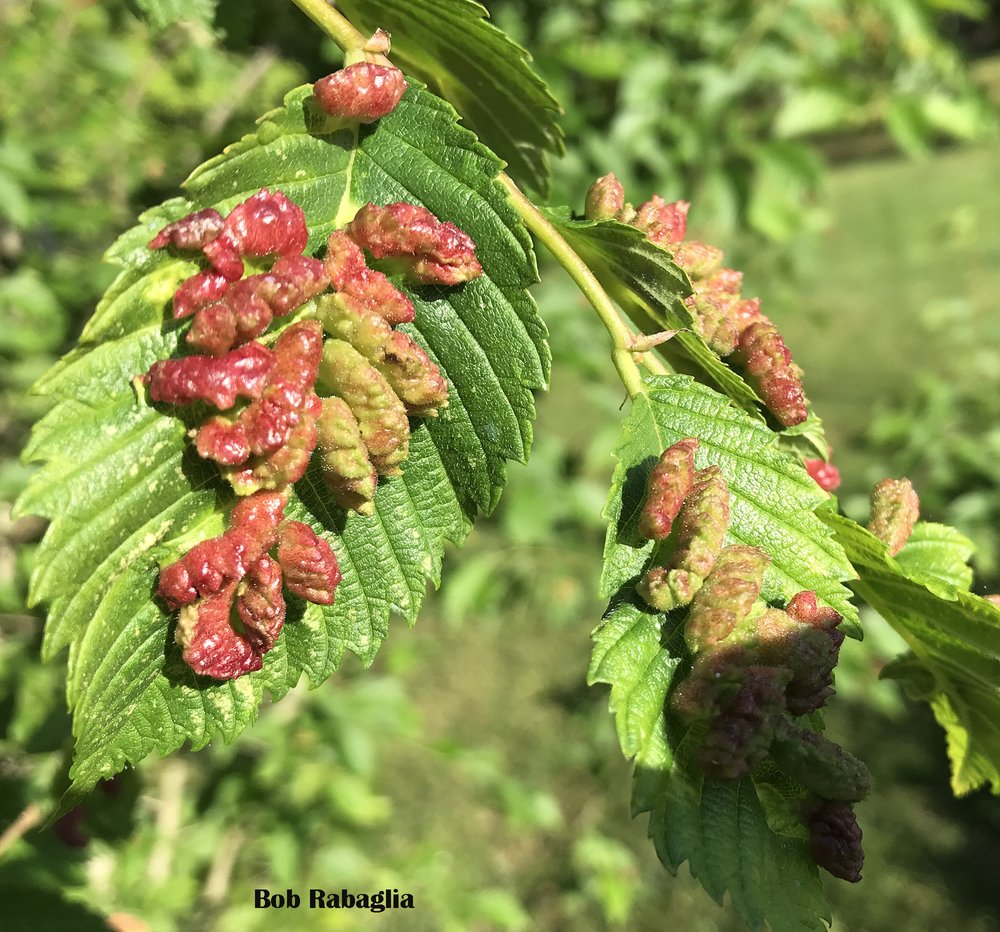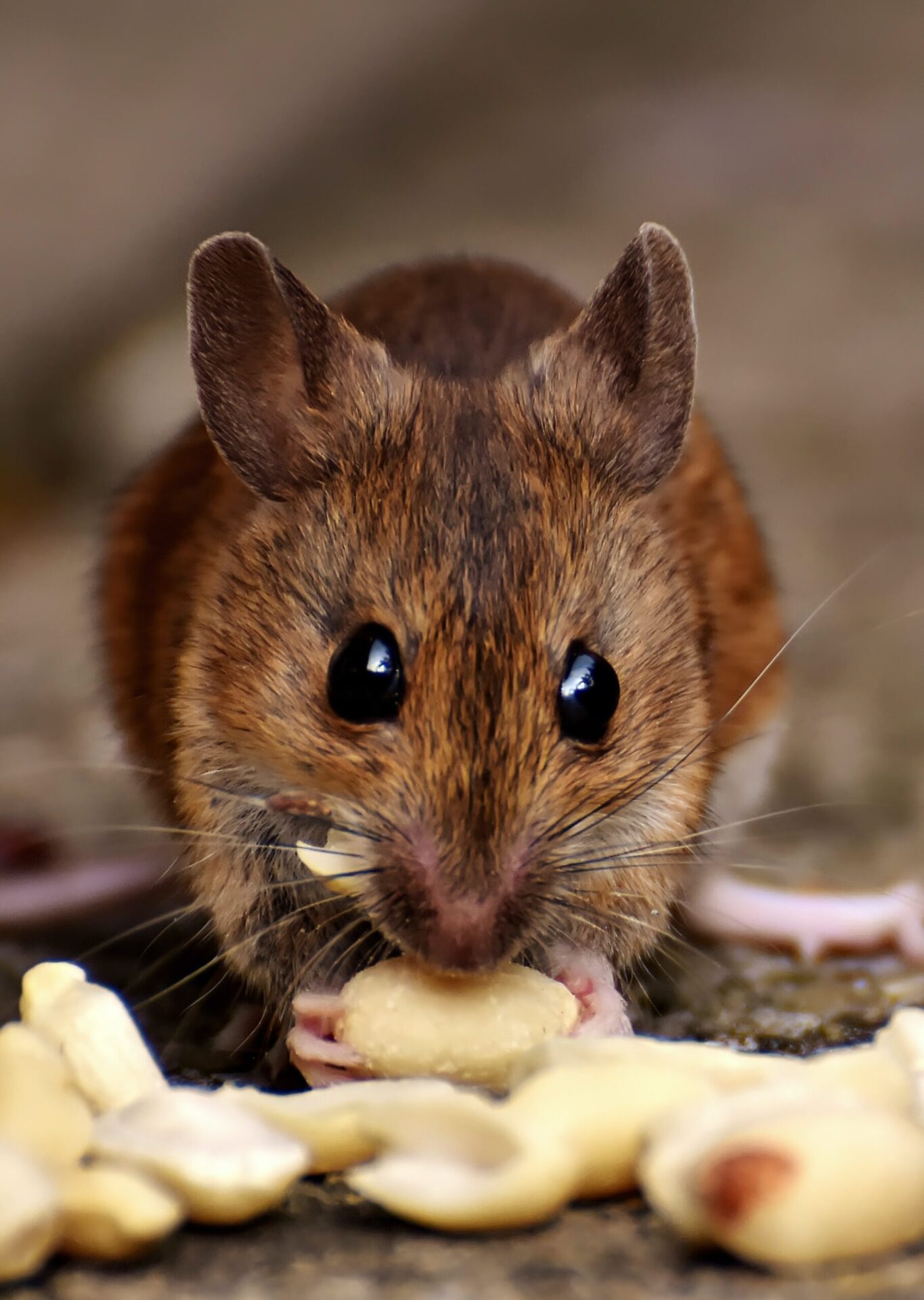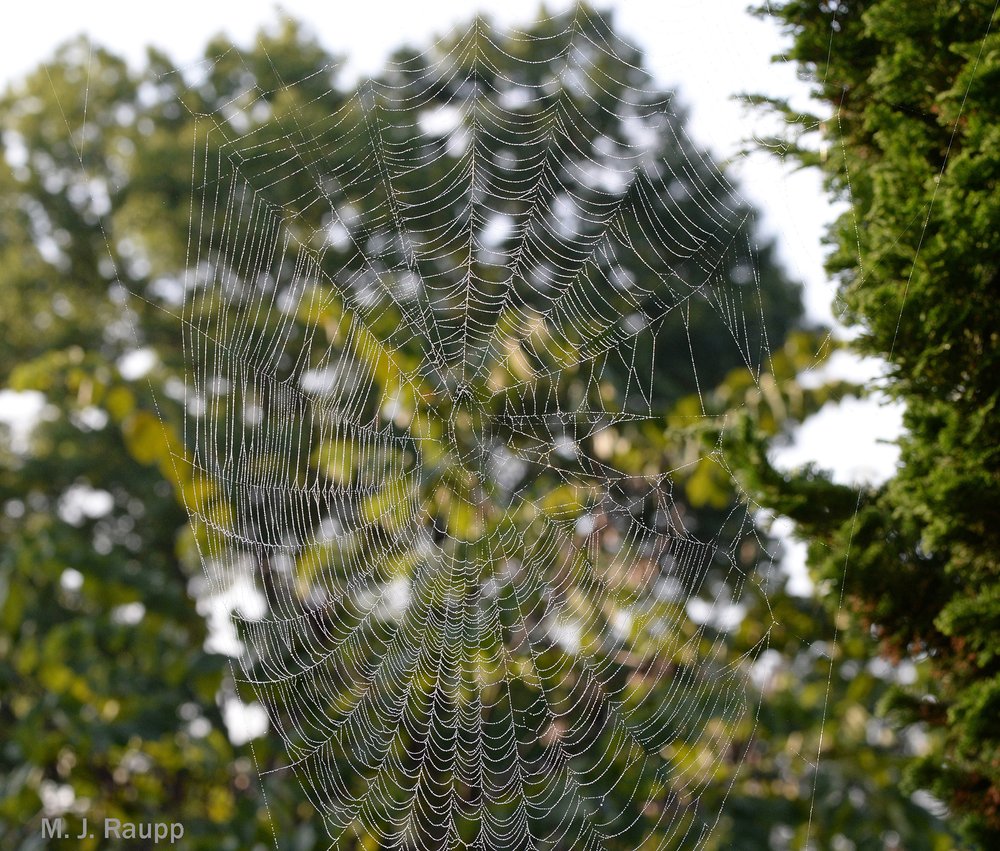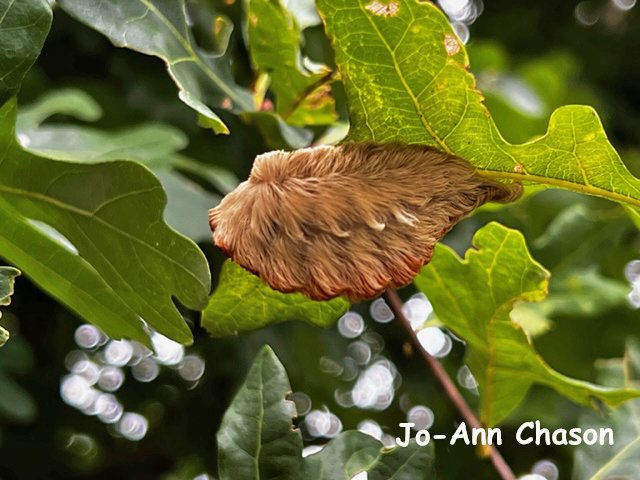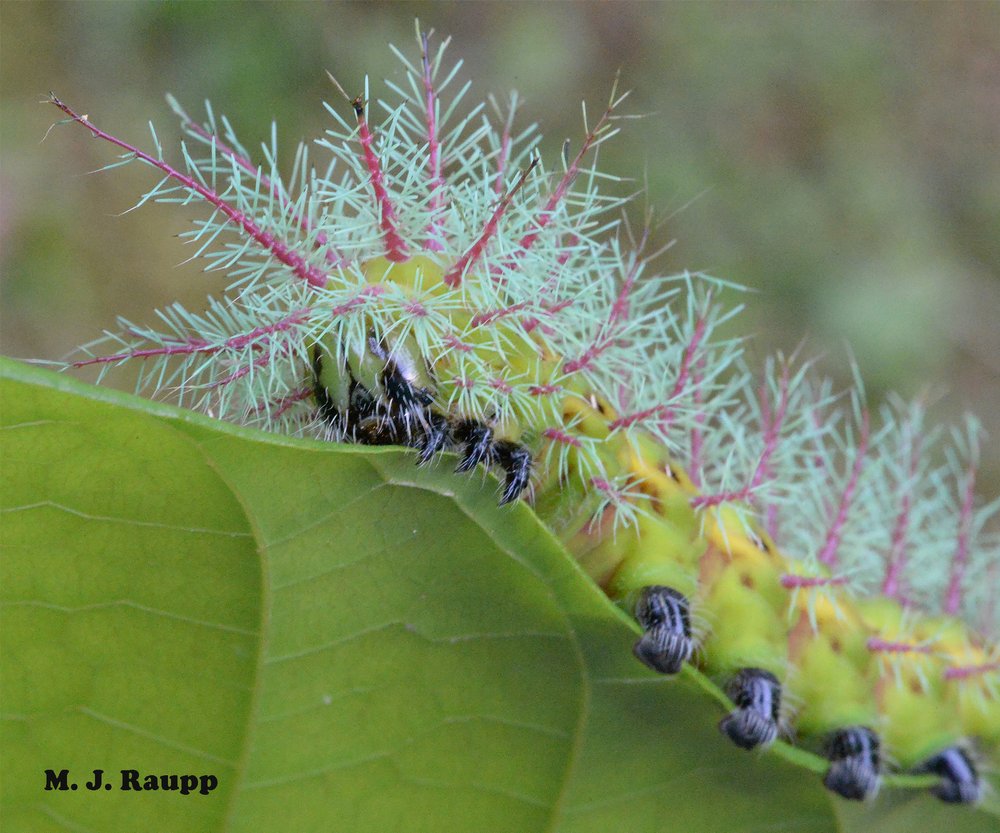How to Get Rid of Moles
Discover Ways to Keep Moles Outside and How to Protect Your Property
Did you know that moles look like cute rodents but are burrowing mammals? That’s an important distinction, particularly when it’s time to get rid of moles in yards and other areas on a property. Many states, including Massachusetts, limit how homeowners can trap or kill wildlife.
For anyone with moles in their yard, mole removal is a top priority. These relatively small creatures can wreak havoc on properties. Mole hills and tunnels quickly destroy all the hard work put into creating lush lawns, gorgeous gardens, and lovely landscaping.
Calling a licensed specialist is the most effective way to get rid of moles in the yard. Experienced professionals can remove these critters safely and humanely. In the meantime, several strategies can help keep moles out of the house and reduce the amount of damage they create.
Identification: The First Step of Yard Mole Removal
Before it’s possible to eliminate the problem, it’s necessary to know exactly what type of mole is causing problems. Many people confuse moles and voles, which are rodents that eat vegetation and create shallow runways and tunnels.
New Englanders may spot one of three common moles that live throughout the Northeast: the hairy-tailed mole, the star-nosed mole, and the eastern mole. Each has webbed feet with shovel-like forepaws that help them dig and a hairless, pointy snout. Most moles have scales on their hairless tails, along with small eyes and no visible ears.
Spotting the Signs of Mole Infestations
Many people see mole holes in their yard before they ever see a mole. These critters can dig through up to 18 feet of soil in a single hour, leaving behind unmistakable signs, such as:
- Round mole hills that typically measure three to five inches and have raised ridges and small piles of dirt near the exit holes.
- Patches of dead grass caused by moles disrupting root systems.
- Areas in the yard with loose soil or squishy-feeling ground caused by tunneling moles.
How to Get Rid of Moles in the Yard: 5 Tips
Moles are difficult to prevent and challenging to eliminate without professional intervention. Calling a Catseye Pest Control should be step one as our technicians are specially trained and have the necessary equipment to handle the situation with care.
Before assistance arrives, you can try a few things on your own. But it’s important to understand that these are typically only temporary solutions at best, nothing can replace a trained professional addressing the situation.
Mole Repellents
Certain smells can drive moles away, providing a potential solution to mole holes in the yard. Castor oil can be an effective and non-lethal deterrent.
Try mixing one part dish soap with three parts castor oil. Mix four tablespoons of the castor oil mixture with a gallon of water and pour it over mole holes in the yard.
Flowers like daffodils and marigolds look great and provide a natural repellent. Plant them near the edges of the yard or near any areas that need protection.
Barriers
Do-it-yourself (DIY) barriers take time but help keep moles out. Examples include in-ground fences combined with hardware cloth, trenches filled with rocks, and ultrasonic spikes.
Although they don’t frequently venture inside, moles can gain entry to homes and buildings through small cracks and gaps in the foundation.
Examine the structure and seal any openings to keep moles and other pests out. It’s also worth considering professional exclusion systems like Cat-Guard, a safe, natural, long-term solution to keep all types of wildlife out of designated areas.
Try DIY Remedies
Certain household items may help ward off moles. Anecdotal evidence suggests sprinkling cat litter, red pepper flakes, or coffee grounds may deter moles.
Create an Outdoor Space That’s Less Inviting
Making the garden or yard less appealing may help ward off all kinds of pests. These small pests like to remain in areas with plenty of cover.
Maintaining a tidy lawn with manicured landscaping beds helps eliminate potential shelter. Remove piles of debris and avoid adding thick mulch layers to landscaping beds.
Trap and Release
For the inexperienced, DIY trapping can be very challenging. Successful trapping depends on several factors, including buying the right humane traps and selecting the right place to place them. Additionally, it’s essential to avoid handling traps with bare hands because human scents will keep moles from approaching them. Finally, it’s critical to release trapped moles far enough away to prevent them from returning.
Contact Catseye for Professional Yard Mole Removal
Catseye has more than 30 years of experience handling moles and various other types of wildlife, rodents, and pests. Skilled, highly trained technicians will provide a free, thorough inspection of the property before creating a customized plan for safe, humane, effective removal.
The best way to get rid of moles in the yard and keep them out is with professional pest control. Contact Catseye online or call 888-260-3980 to schedule a free inspection.
The post How to Get Rid of Moles appeared first on Catseye Pest Control.
This article appeared first on Catseye Pest

